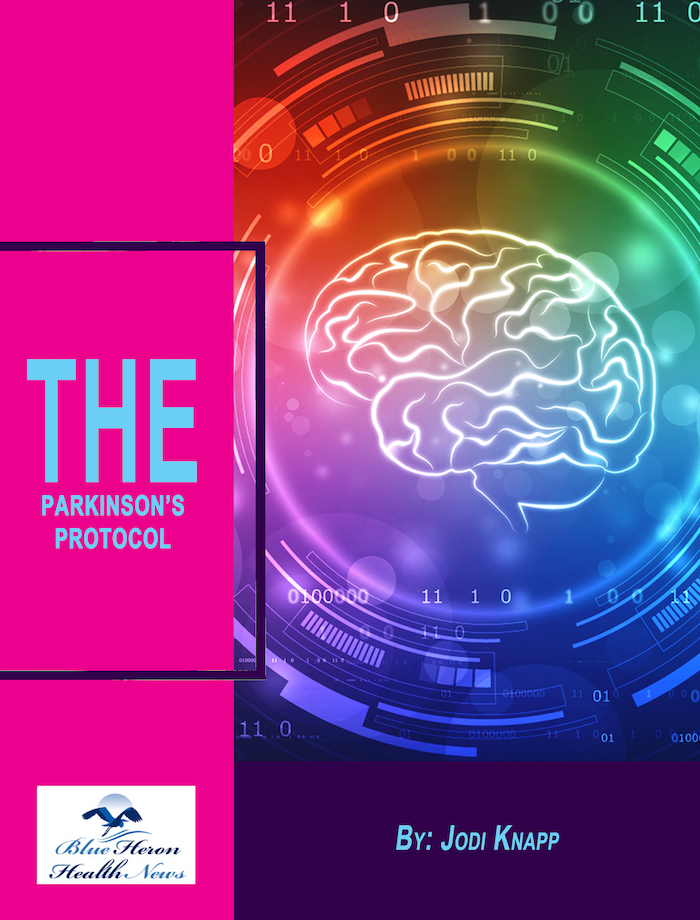
The Parkinson’s Protocol™ By Jodi KnappThus, the eBook, The Parkinson’s Protocol, educates you regarding the natural and simple ways to minimize the symptoms and delay the development of Parkinson’s effectively and quickly. It will also help your body to repair itself without following a specific diet plan, using costly ingredients or specific equipment. Its 60 days guarantee to return your money allows you to try for once without any risk.
What is the relationship between Parkinson’s disease and dementia?
The relationship between Parkinson’s disease (PD) and dementia is complex but significant. Many people with Parkinson’s may experience cognitive decline, and in some cases, develop dementia as the disease progresses. Here’s a clear overview:
1. Cognitive Changes in Parkinson’s Disease
Parkinson’s is primarily known as a movement disorder, caused by the loss of dopamine-producing neurons.
However, non-motor symptoms including cognitive impairment are very common.
Early cognitive symptoms can include slowed thinking, difficulties with attention, planning, and problem-solving (called executive dysfunction).
2. Parkinson’s Disease Dementia (PDD)
When cognitive decline becomes severe enough to interfere with daily life, it is classified as Parkinson’s Disease Dementia (PDD).
PDD typically occurs in the later stages of Parkinson’s, usually 10 or more years after motor symptoms begin.
It affects about 30-80% of people with PD, depending on disease duration and other factors.
3. Differences Between PDD and Other Dementias
PDD is distinct but shares features with Dementia with Lewy Bodies (DLB)—both involve abnormal protein deposits called Lewy bodies in the brain.
The main difference is timing:
In PDD, motor symptoms precede dementia by at least a year.
In DLB, cognitive symptoms appear before or simultaneously with motor symptoms.
4. Symptoms of Parkinson’s Disease Dementia
Memory problems (less prominent early on than in Alzheimer’s)
Impaired attention and concentration
Difficulty with executive functions (planning, organizing)
Visual hallucinations
Changes in mood and behavior (apathy, depression)
5. Risk Factors for Developing Dementia in PD
Older age at Parkinson’s onset
Longer disease duration
Severe motor symptoms
Presence of visual hallucinations or REM sleep behavior disorder
Genetic factors (e.g., mutations in GBA gene)
6. Management and Treatment
No cure currently for PDD, but medications (like cholinesterase inhibitors) can help improve cognition.
Non-pharmacological strategies like cognitive therapy, mental stimulation, and supportive care are important.
Managing other symptoms (sleep problems, mood disorders) also improves quality of life.
Summary Table: Parkinson’s Disease and Dementia
Aspect Description
Cognitive decline Common non-motor symptom; can progress to dementia
Parkinson’s Disease Dementia (PDD) Dementia developing usually after many years of PD motor symptoms
Symptoms Executive dysfunction, memory issues, hallucinations
Related disorders Dementia with Lewy Bodies (DLB) shares similar pathology
Risk factors Older age, longer PD duration, hallucinations, genetics
Treatment Cognitive enhancers, therapy, supportive care
Final Note
While dementia is a serious complication of Parkinson’s, not everyone with PD develops it. Early recognition and multidisciplinary care can help manage symptoms and improve quality of life for those affected. If you want, I can provide more on cognitive therapies or support resources for PD dementia.
Managing cognitive decline in Parkinson’s disease (PD) is a critical part of comprehensive care, as cognitive symptoms can significantly affect daily functioning and quality of life. While cognitive decline varies widely among patients—from mild issues like slowed thinking to more severe dementia—there are several strategies and treatments to help manage and slow its progression.
Here’s how cognitive decline in Parkinson’s can be managed:
1. Medication Management
Cholinesterase inhibitors (e.g., rivastigmine) are FDA-approved for Parkinson’s disease dementia and can help improve memory and cognition.
Optimize dopaminergic medications to balance motor and cognitive symptoms.
Avoid or carefully manage medications that may worsen cognition, such as certain anticholinergics or sedatives.
2. Cognitive Rehabilitation and Therapy
Cognitive training exercises can improve attention, memory, and executive function.
Occupational therapy may focus on compensatory strategies like using calendars, reminders, and notes.
Mental stimulation activities (puzzles, reading, games) help maintain cognitive function.
3. Physical Exercise
Regular aerobic and resistance exercise improves blood flow to the brain and may slow cognitive decline.
Exercise also helps reduce motor symptoms, which indirectly supports better cognition.
4. Management of Non-Motor Symptoms
Treating depression, anxiety, sleep disturbances, and fatigue is important as they can worsen cognitive function.
Sleep disorders like REM behavior disorder should be addressed to improve overall brain health.
5. Nutrition
A balanced diet rich in antioxidants, omega-3 fatty acids, and vitamins supports brain health.
Hydration is important to prevent confusion and fatigue.
6. Social Engagement
Staying socially active and maintaining meaningful relationships helps preserve cognitive function.
Group activities, support groups, or community involvement provide mental stimulation.
7. Environmental Modifications
Simplify tasks and reduce distractions in the living environment.
Use labeling, clear organization, and structured routines to aid memory and reduce confusion.
8. Regular Monitoring
Frequent cognitive assessments to track changes.
Early intervention if cognitive decline accelerates.
9. Support for Caregivers
Educate caregivers about cognitive changes.
Provide resources and respite to manage stress.
Summary
Cognitive decline in Parkinson’s disease is managed through a combination of medication, cognitive therapies, lifestyle interventions, and supportive care. Early recognition and a multidisciplinary approach can help maintain function and improve quality of life for both patients and caregivers.
The Parkinson’s Protocol™ By Jodi KnappThus, the eBook, The Parkinson’s Protocol, educates you regarding the natural and simple ways to minimize the symptoms and delay the development of Parkinson’s effectively and quickly. It will also help your body to repair itself without following a specific diet plan, using costly ingredients or specific equipment. Its 60 days guarantee to return your money allows you to try for once without any risk